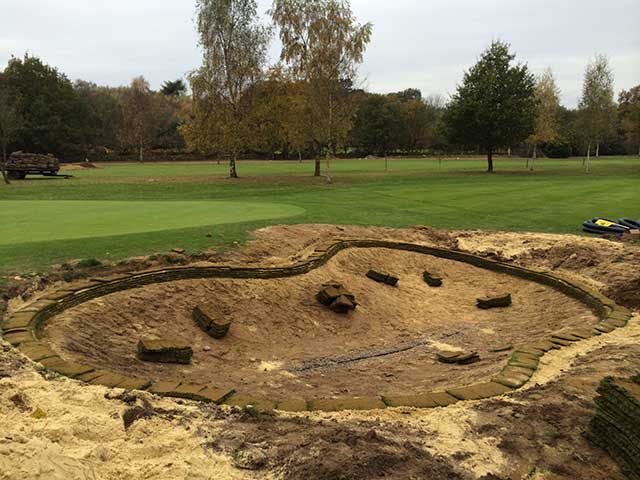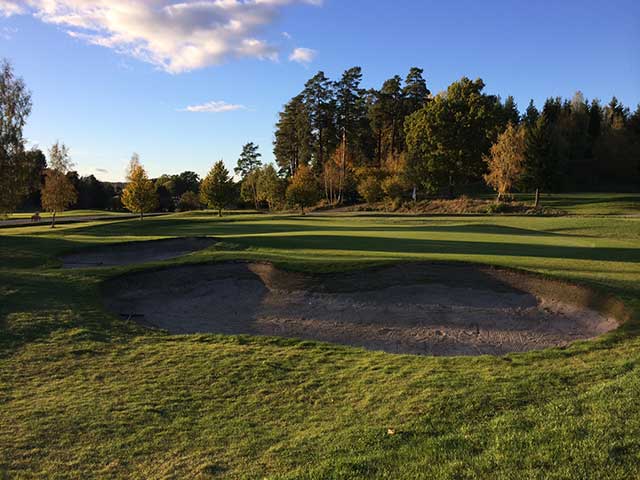In the 20th Century golf became a worldwide sport enjoyed by millions. To provide facilities to meet this demand, new clubs formed on land that had previously considered less desirable for golf. Heavier, more fertile soils supported different grass types and often had poor drainage properties. New hazards, in the form of trees, ponds and streams became more common. The challenge for golf course architects had changed but fortunately advances in the science of agronomy, irrigation and new construction machinery gave them the means to deliver a new style of golf course. Many purists may contend that a ‘parkland’ golf course can never provide the same fun and challenge that a more natural links or heathland course will deliver. However, the fact remains that some of the best courses on the planet are undeniably parkland in character.
One feature successfully transferred from the windswept coasts of Scotland to the lush green of Florida and beyond: the bunker. Although parkland bunkers tend to be far more manicured than their rugged origins, they still add the same strategic and aesthetic qualities for the game. There are many different styles of parkland bunker, but they all suffer from drainage challenges, edge erosion, sand contamination. EcoBunker massively reduces bunker maintenance, and in the case of parkland bunkers, the fully sealed (or ‘tanked’) option where liners and our synthetic bunker edge combine is delivering huge benefits in all climate zones from northern Sweden to Singapore.


















